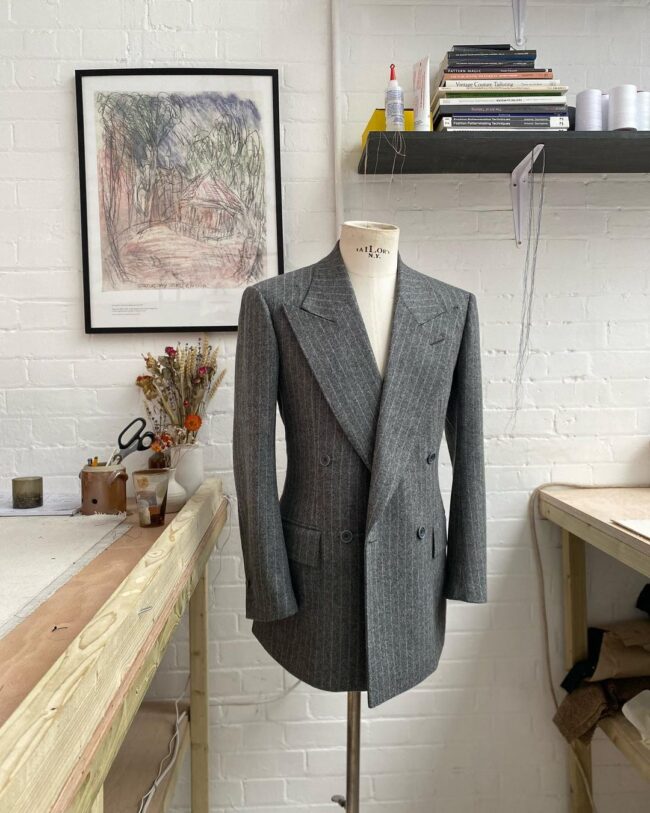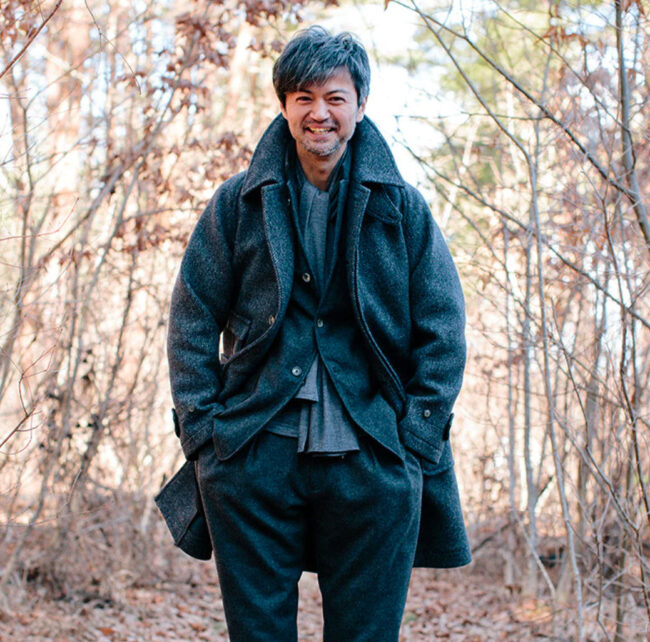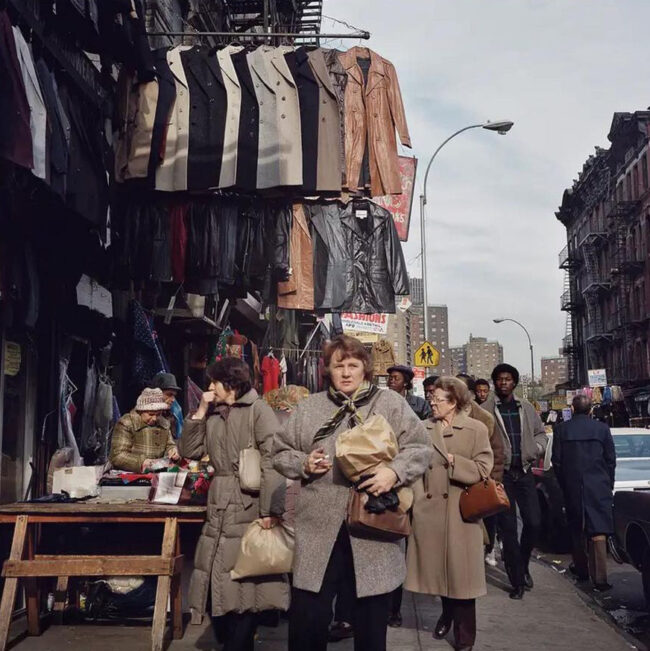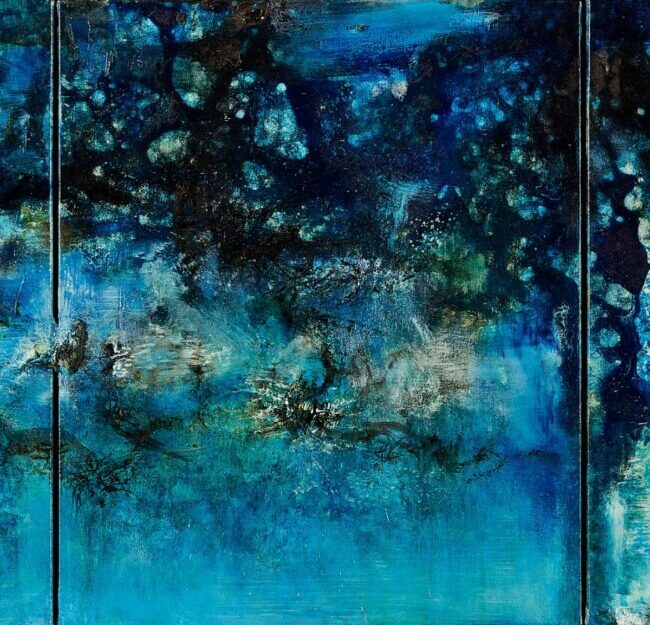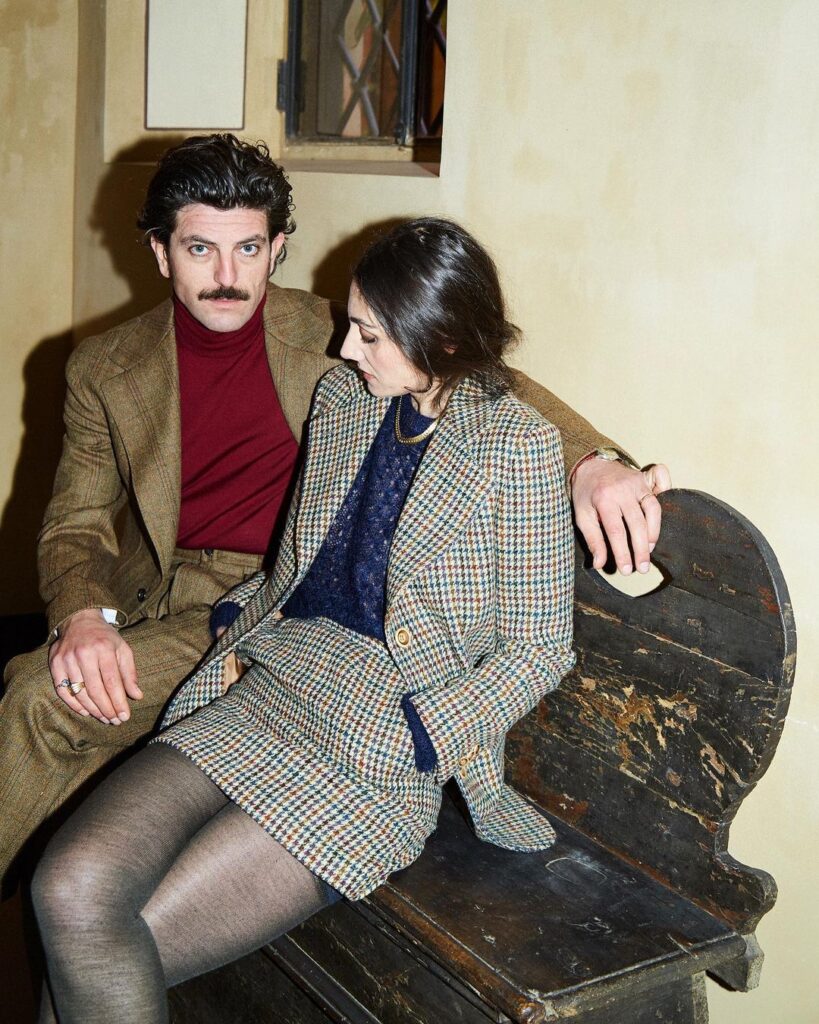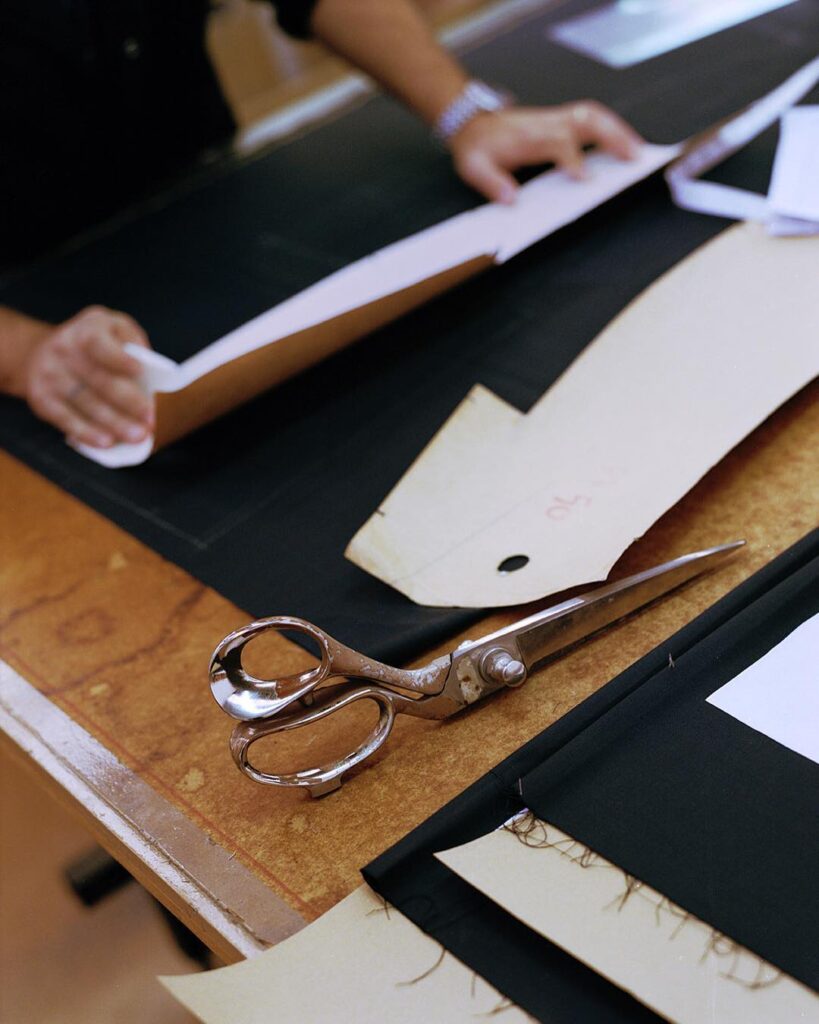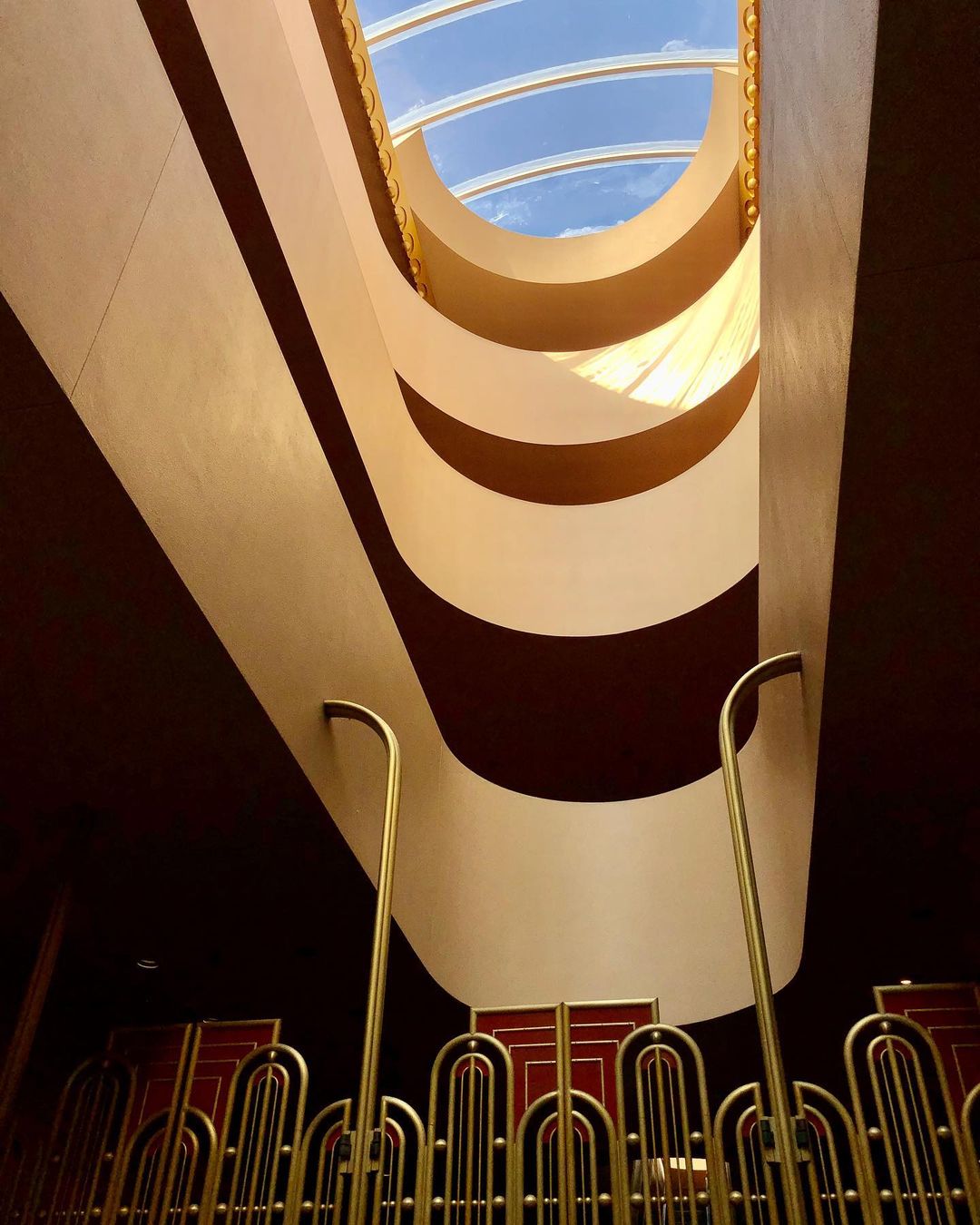Living Legend: An Interview with Yukio Akamine
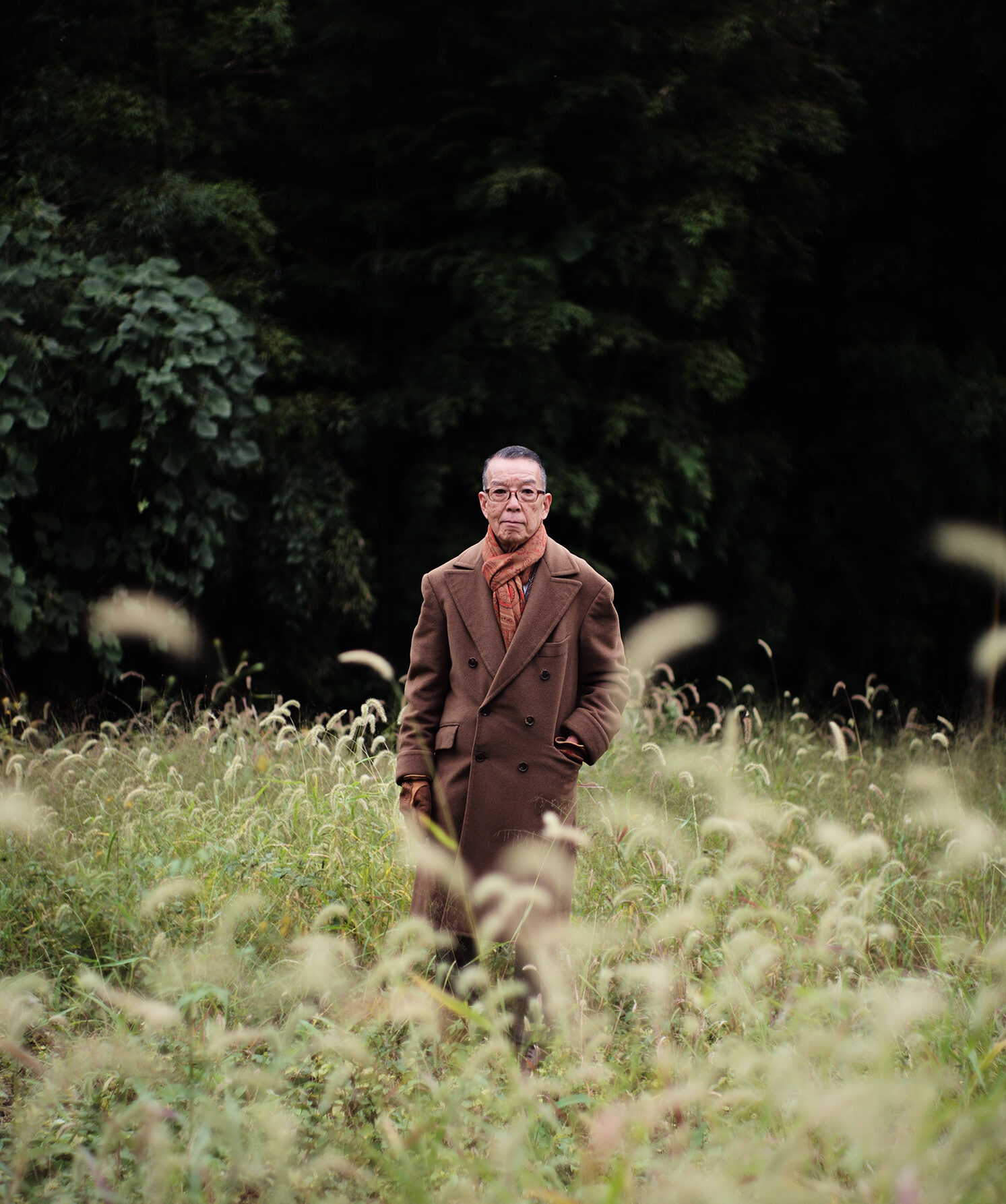
In the mid-2000s, I used to take the bus to Kinokuniya, an Asian bookstore in San Francisco that sold Japanese magazines like Men's Precious, Men's Ex, and, of course, the famous Free & Easy. Non-English publications, then as now, covered classic menswear better than their English counterparts. While American magazines like GQ and Esquire featured articles on Thom Browne and Tom Ford, Japanese publications discussed the differences between English and Italian tailoring, Alden's many lasts, and specialty retailers like The Andover Shop. The issue, of course, was that the writing was in Japanese, making it unintelligible to anyone who did not know the language. Aside from English brand names, there were only a few amusing English phrases, such as RUGGED MAN and DAD STYLE (terms for workwear and trad, respectively). Despite my misgivings about spending $25 on a magazine I couldn't read, no one else did this kind of print coverage. The photos alone were an education.
Last summer, I was delighted to learn that Eisuke Yamashita, a former Men's Precious editor, now runs his own website, Mon Oncle (French for "my uncle"). His site features profiles on menswear legends such as Luciano Barbera, celebrities such as Juzo Itami, and artisans outside the menswear space, such as woodworker Takafumi Mochizuki. I was also pleased to see a multi-part series on Yukio Akamine, whom I regard as the most stylish man alive. Akamine has a long history in the Japanese menswear scene. He's introduced generations of Japanese men to classic style and consulted for brands such as United Arrows. Nowadays, he runs a made-to-measure tailoring company called Akamine Royal Line and appears on Japanese shows to discuss menswear.
In his Mon Oncle interviews, Akamine shares some charming observations and advice. He encourages people to wear jackets that are full enough to allow for comfortable layering ("It doesn't make sense if you can't wear a sweater underneath your jacket") and recommends using fountain pens on a regular basis ("Write letters and take notes. Dozens of years later, they will be a memory for the next generation."). Akamine also emphasizes the importance of good manners ("Don't arrive at someone's home empty-handed. Purchase something that you enjoyed eating. Take it out of the bag, hold it with both hands and say, 'Please enjoy this.' Or wrap it in a furoshiki."). Regarding style, he says, "You don't have to read fashion magazines. Open the window and look outside when you wake up in the morning. A man who can cook rice is a hundred times cooler."
Keep reading
